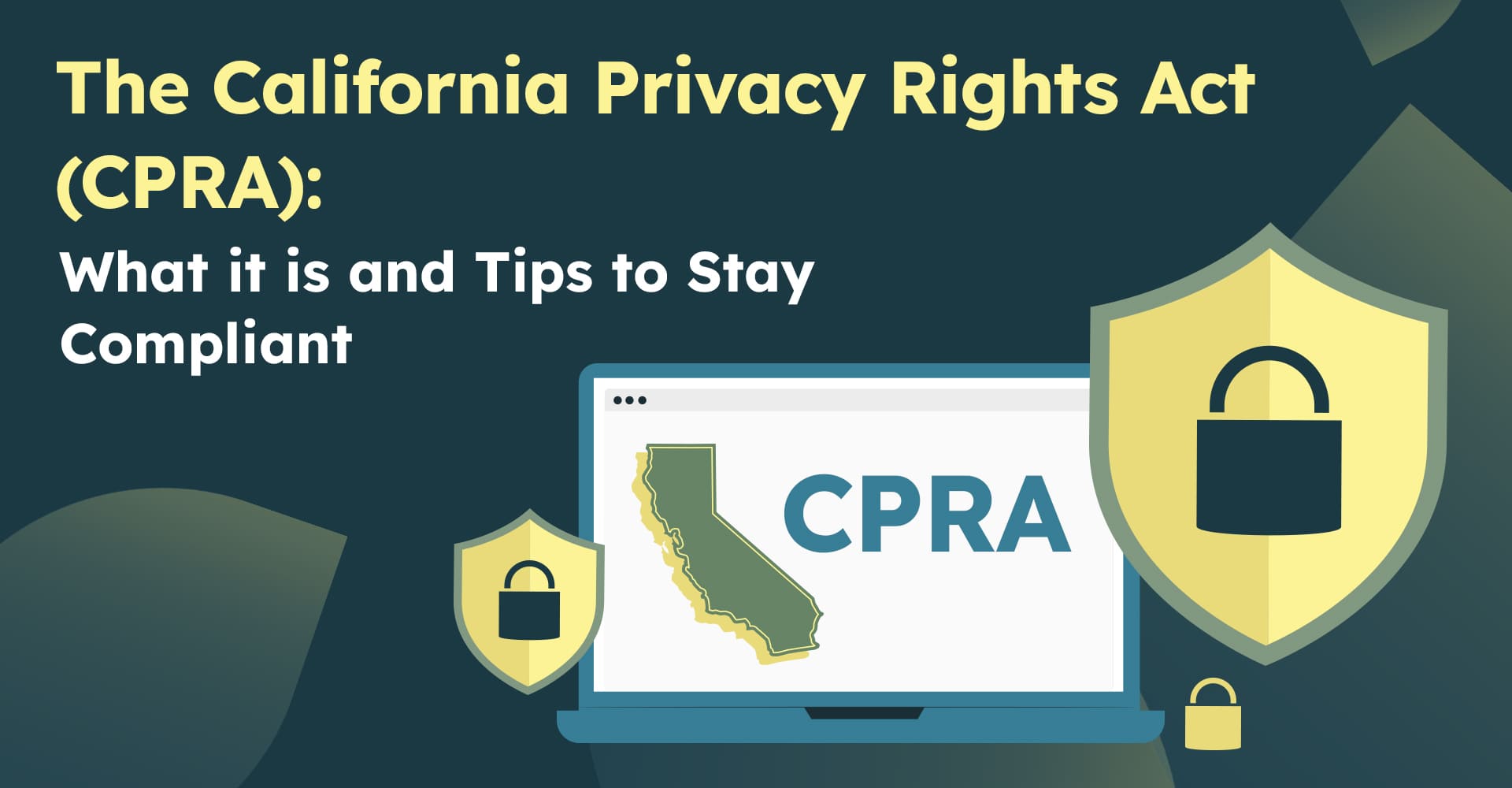CPRA Compliance Checklist
The California Privacy Rights Act (CPRA) is a new privacy law that expands on the California Consumer Privacy Act (CCPA). The CPRA gives consumers more control over their personal information and requires businesses to take additional steps to protect their privacy.
Here is a CPRA compliance checklist that businesses can use to ensure they are compliant with the law:
- Identify the personal information you collect. The first step to CPRA compliance is to identify the personal information you collect about consumers. This includes both personal information that you collect directly from consumers and personal information that you collect from third parties.
- Determine the purposes for which you collect personal information. Once you have identified the personal information you collect, you need to determine the purposes for which you collect it. The CPRA requires businesses to have a legitimate business purpose for collecting personal information.
- Obtain consent from consumers. The CPRA requires businesses to obtain consent from consumers before collecting, using, or selling their personal information. Consent must be clear, conspicuous, and freely given.
- Provide consumers with access to their personal information. Consumers have the right to access the personal information that businesses collect about them. You must provide consumers with a way to access their personal information within 45 days of their request.
- Allow consumers to correct their personal information. Consumers have the right to correct any inaccurate or incomplete personal information that businesses collect about them. You must provide consumers with a way to correct their personal information within 45 days of their request.
- Allow consumers to delete their personal information. Consumers have the right to delete their personal information from your systems. You must delete consumers' personal information within 45 days of their request.
- Limit the sale of personal information. The CPRA gives consumers the right to opt out of the sale of their personal information. You must provide consumers with a way to opt out of the sale of their personal information.
- Implement data security measures. The CPRA requires businesses to implement reasonable security measures to protect the personal information they collect. These measures should be designed to protect the confidentiality, integrity, and availability of personal information.
- Provide consumers with notice of their privacy rights. Businesses must provide consumers with clear and conspicuous notice of their privacy rights. This notice should be provided at the time of data collection and in any other context where personal information is collected.
The CPRA is a complex law, and businesses should consult with legal counsel to ensure they are compliant. However, by following the checklist above, businesses can take steps to protect the privacy of their consumers and comply with the CPRA.
.jpg?width=2500&height=7500&name=Infographics%20design%201%20(1).jpg)


.jpg?width=2500&height=7500&name=Infographics%20design%201%20(1).jpg)